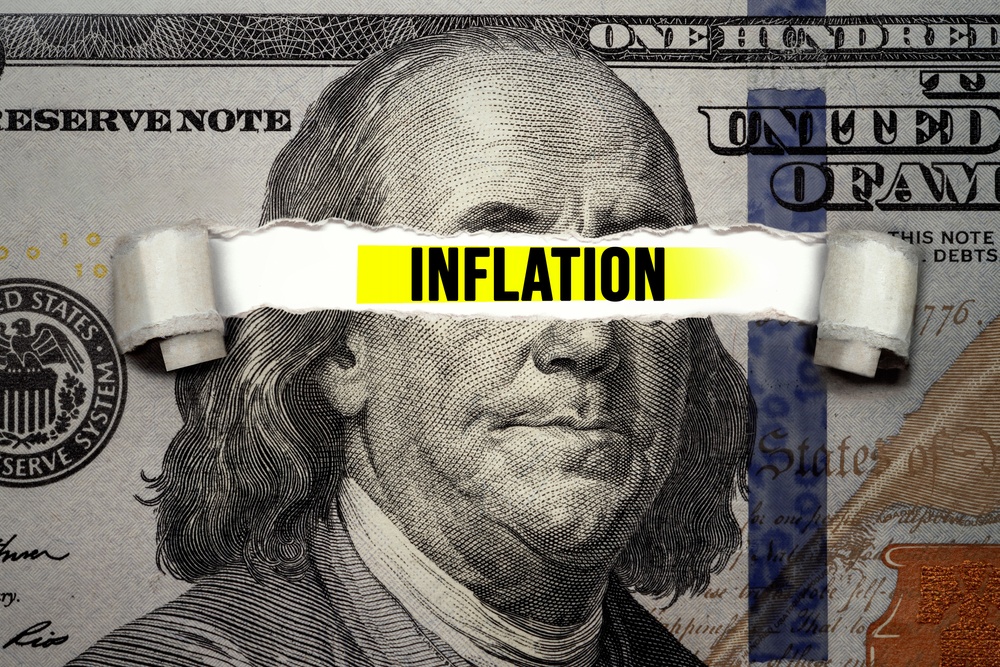U.S. Rents Stay High, Rate Cutting Keeps Scheduling
Despite the slowdown in market rental growth, the overall cost of renting a home in the U.S. remains high, weighing on the Federal Reserve's plan to cut interest rates.

Although the growth rate of market rents has slowed down, overall housing rental costs in the United States have yet to show a significant decline, posing a challenge to the Federal Reserve's inflation target.
In recent years, the substantial increase in housing rents has played a significant role in inflation – housing rents account for about one-third of the Consumer Price Index and roughly one-sixth of the Personal Consumption Expenditures Price Index.
Due to an increase in new apartment supply and slow growth in real income, the year-on-year growth rate of market rents decreased to 3.4% in February of this year. However, since most leases are not renewed annually, changes in market rents lag behind in inflation indices.
Based on the changes in market rents last year, Federal Reserve officials and economists had initially expected housing inflation to slow down since the end of 2022. However, the housing inflation rate dropped from 8.2% a year ago to 5.6% in March of this year, a decrease well below expectations.
The potential impact is that if housing rent inflation cannot effectively decrease, the Federal Reserve will find it difficult to lower interest rates. Additionally, persistently high rents may result in a longer time lag for new leases with lower rents to reflect in overall inflation.
Disclaimer: The views in this article are from the original Creator and do not represent the views or position of Hawk Insight. The content of the article is for reference, communication and learning only, and does not constitute investment advice. If it involves copyright issues, please contact us for deletion.